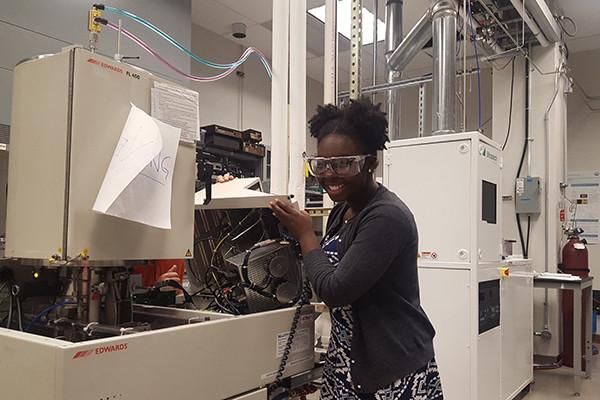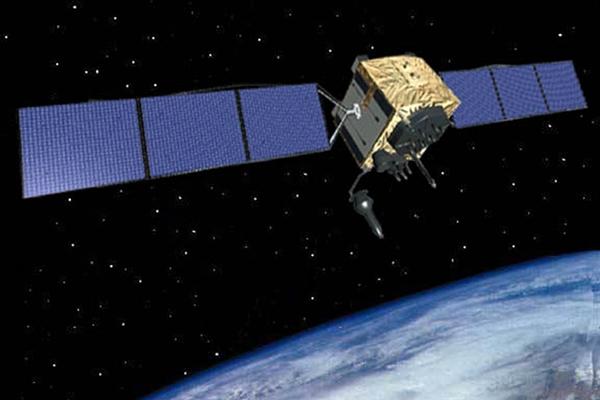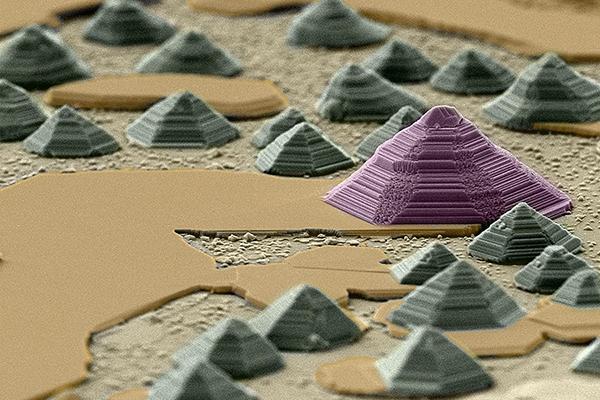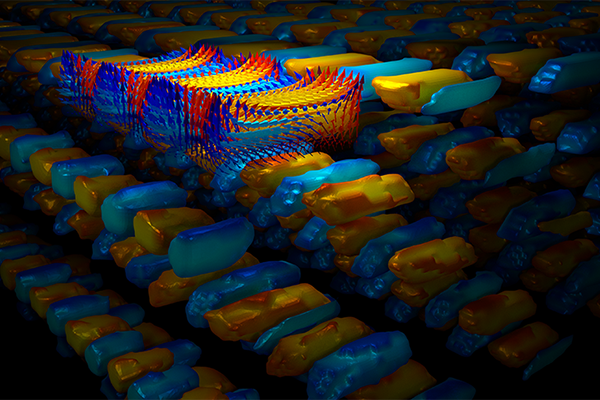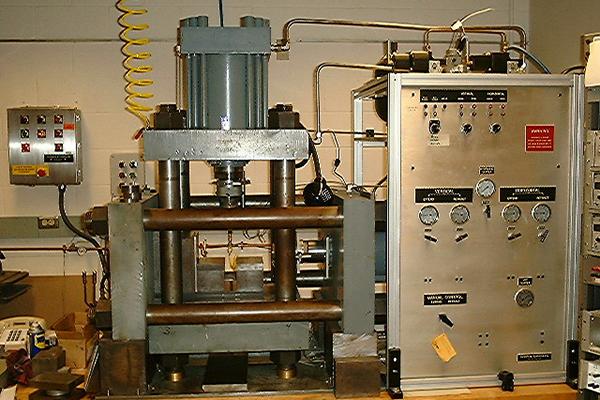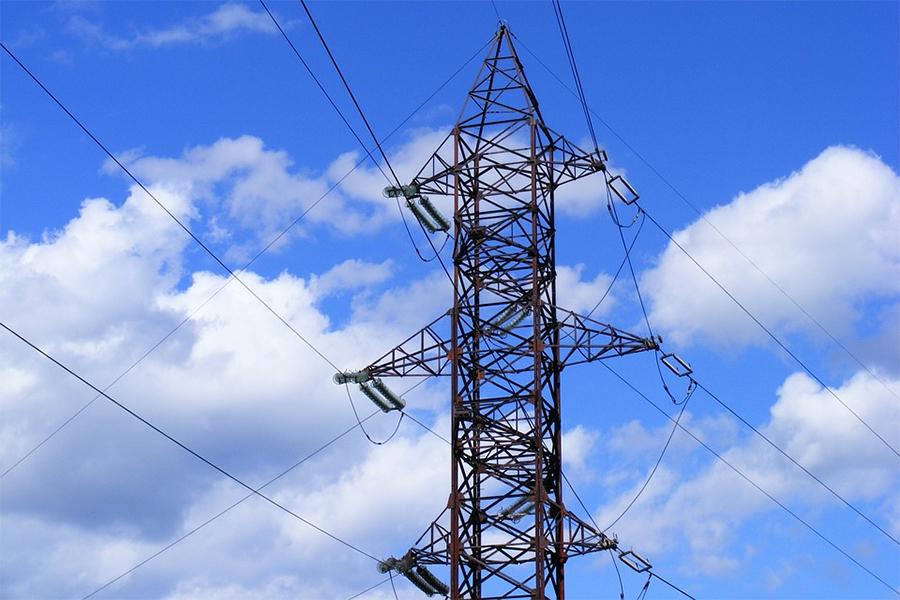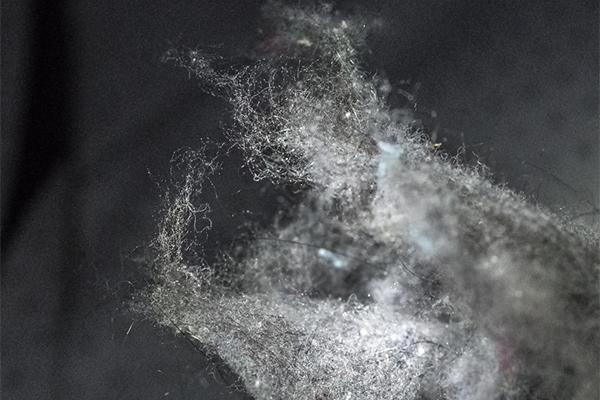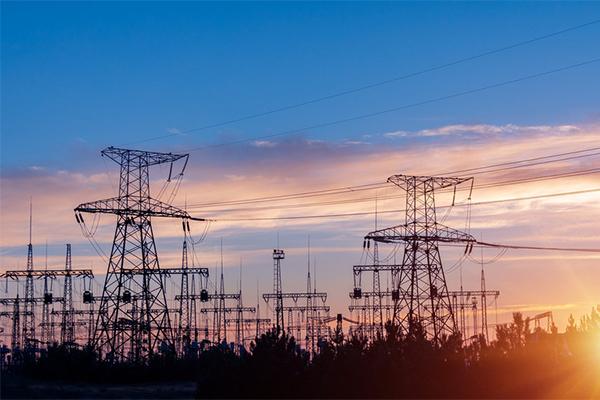Read the latest news about research conducted by investigators in the College of Earth and Mineral Sciences. Our faculty and students are continually advancing technology, creating solutions and expanding knowledge with new and innovative research.
News
An internship at Penn State launched Ama Agyapong toward a career in materials science and engineering and her lifelong goal of improving the devices we use every day.
Fitness apps and other smart devices embedded with GPS satellite chips and other sensors may use satellite data to help users stay fit and healthy, but, according to Penn State and Penn State Dickinson Law researchers, they unwittingly open a gateway to privacy-related legal and ethical headaches and are a repeated source of national security threats.
The 11th annual Materials Visualization Competition (MVC11), a scientific visual and artistic competition, is now accepting submissions. The deadline for submissions is April 5.
"Frustration" plus a pulse of laser light resulted in a stable "supercrystal" created by a team of researchers led by Penn State and Argonne National Laboratory, together with University of California, Berkeley, and two other national laboratories.
UNIVERSITY PARK, Pa. — For the first time, the magnitude, time and duration of earthquakes in a laboratory setting were predicted by a team of researchers from Penn State and Los Alamos National Laboratory.
Chiara Lo Prete was awarded a $250,000 grant for early career researchers from the Alfred P. Sloan Foundation to examine the effectiveness of energy market structures in aggregating private information on wind production forecasts to better coordinate commitment and production decisions in electric systems.
While the polyester leisure suit was a 1970s mistake, polyester and other synthetic fibers like nylon are still around and are a major contributor to the microplastics load in the environment, according to a Penn State materials scientist, who suggests switching to biosynthetic fibers to solve this problem.
People around the world paint their walls different colors, buy plants to spruce up their interiors and engage in a variety of other beautifying techniques to personalize their homes, which inspired a team of researchers to study about 50,000 living rooms across the globe.
Imagine a world where space and time do not matter, where it’s possible to witness critical events in the history of the Earth and humankind, or have a sneak peek into the future.
Researchers from Penn State and the University of Washington have been awarded a $750,000 grant from the National Science Foundation to study economic mechanisms for grid resilience against extreme events and natural gas disruptions.



